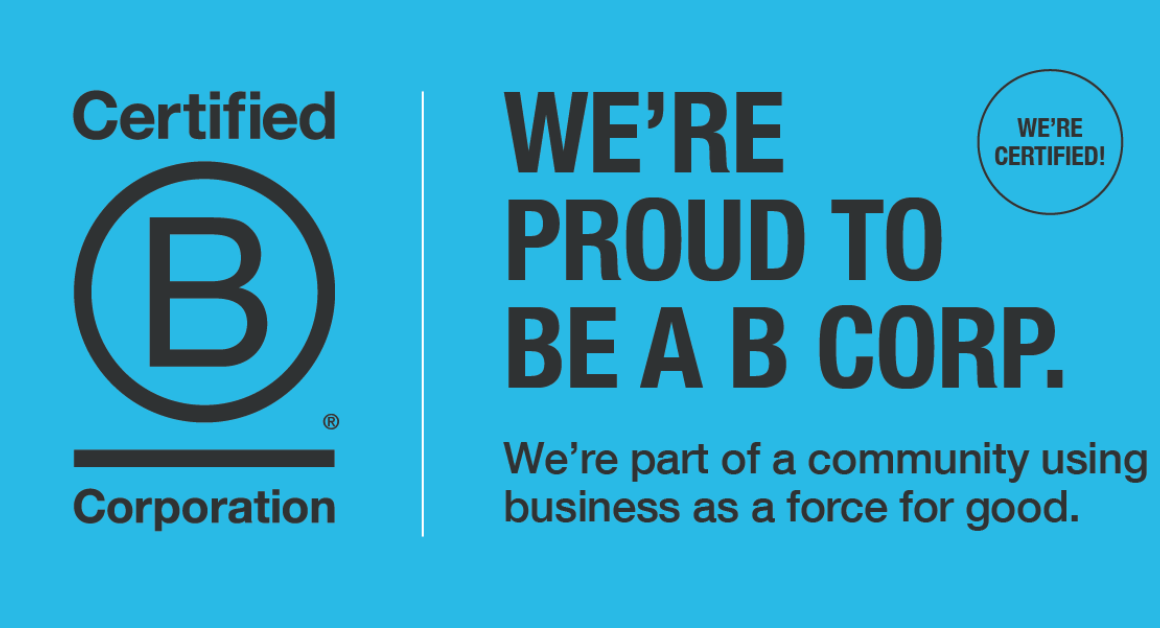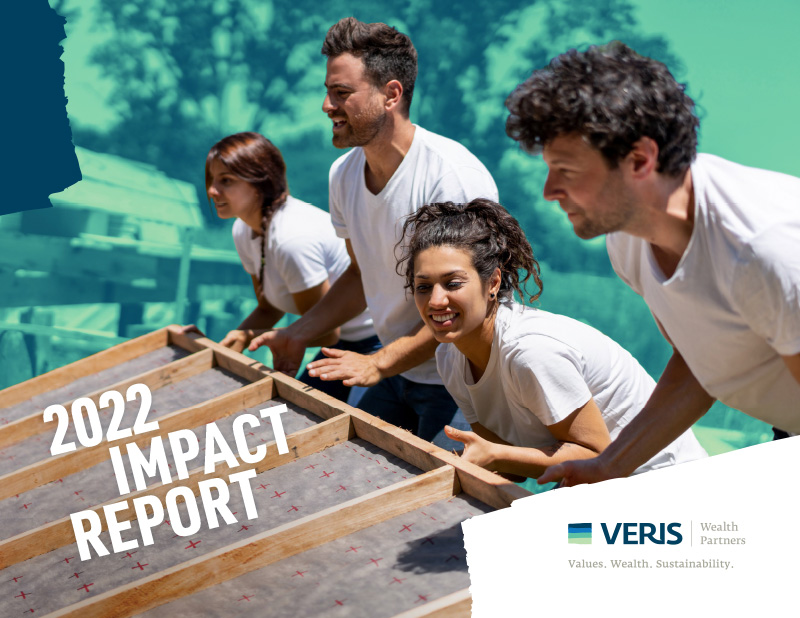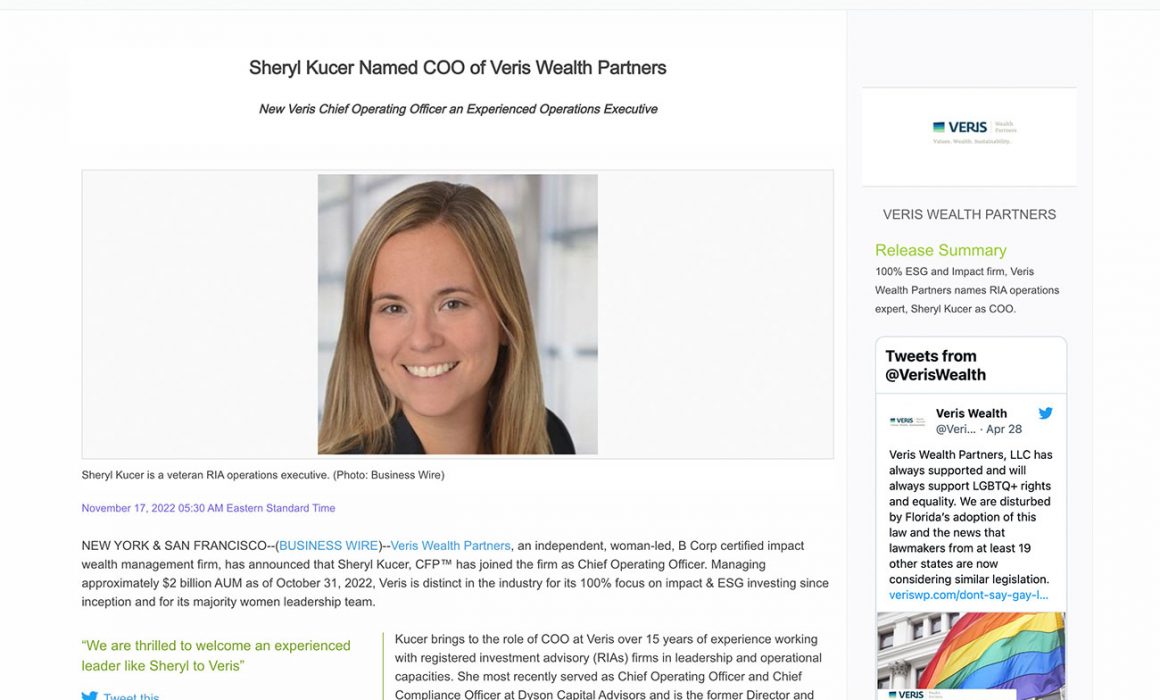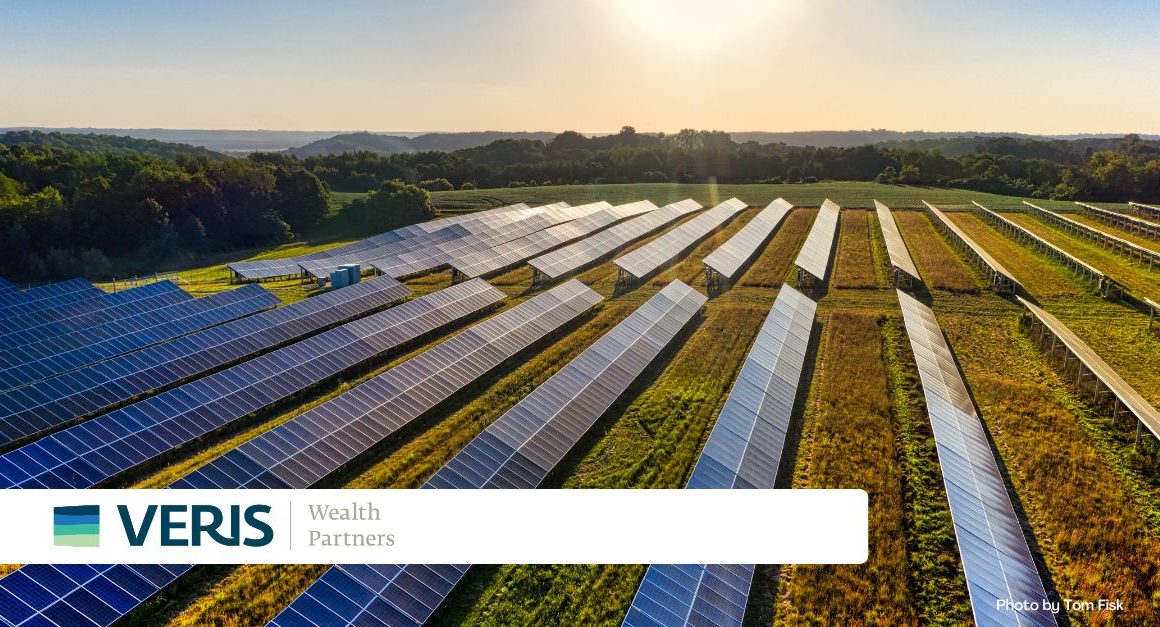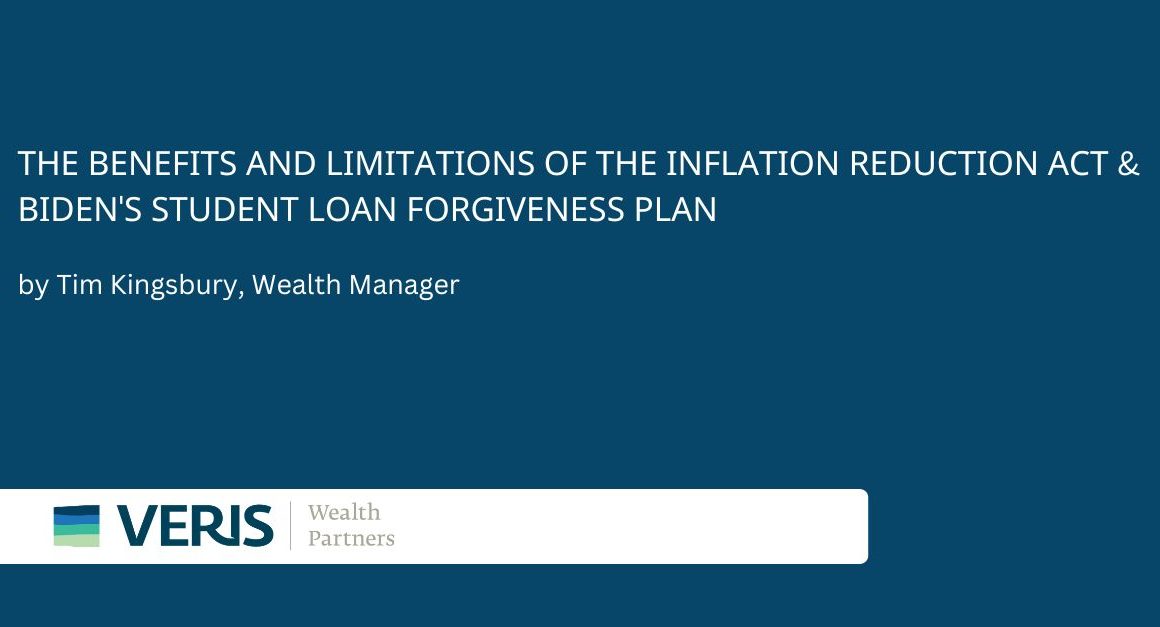Why Veris is a B Corp
Veris is a B Corp because we believe in the power of business as a force for good. There are many reasons why a company might consider becoming a B Corp. Here are a few examples of the benefits of B Corp Certification that we have seen.

